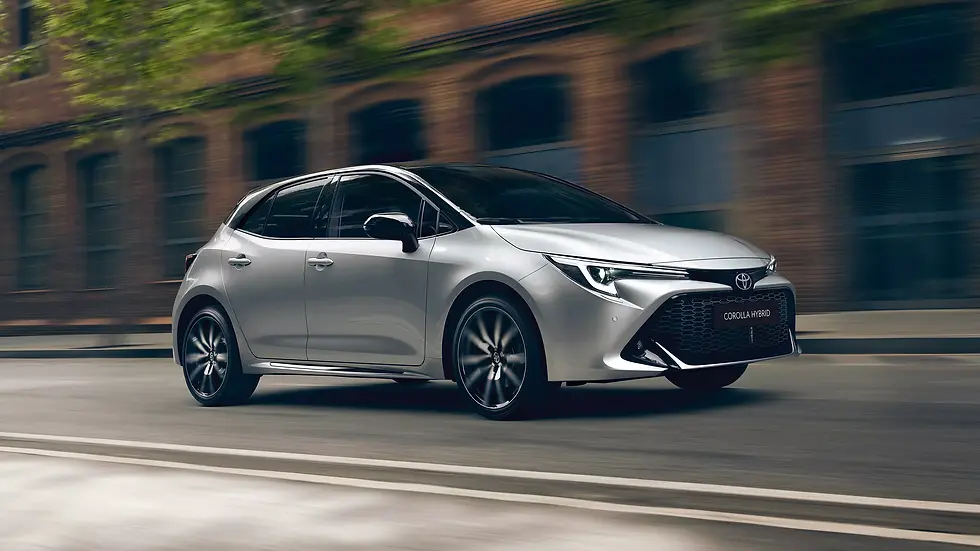EV: The Upcoming Battle between China and USA...
- Mark Grey
- Apr 13
- 2 min read
The EV revolution is shifting gears, and China is leading the charge. Once dismissed as newcomers, Chinese brands like BYD, NIO, XPeng, and Li Auto are now outselling major American automakers in key markets, proving that the future of electric mobility might just be dominated by China.

1. Affordability Without Compromise
Chinese EVs are significantly cheaper than their American counterparts. Take BYD’s Seagull, a sub-$12,000 EV, compared to Tesla’s cheapest Model 3 at nearly $40,000. Lower labor costs, efficient supply chains, and government subsidies allow Chinese automakers to deliver high-quality EVs at unbeatable prices.
2. Battery Technology Leadership
China controls the global EV battery supply chain. Companies like CATL and BYD produce some of the most advanced lithium-ion batteries, including BYD’s Blade Battery, which enhances safety and extends lifespan. Many American companies even sources batteries from CATL for their vehicles. This vertical integration allows Chinese automakers to cut costs and improve range.
3. Cutting-Edge Innovation
Chinese EVs are loaded with next-gen tech. NIO’s battery swap stations eliminate long charging times, XPeng’s XNGP autonomous driving system rivals Tesla’s FSD, and many models boast AI-powered infotainment, facial recognition, and smart cockpit features. In comparison, many American EVs struggle to keep up with software innovation.

4. Aggressive EV Global Expansion
China is no longer just a domestic powerhouse. Brands like MG (owned by SAIC), BYD, and Zeekr are expanding into Europe, South America, and even Australia, undercutting legacy automakers with high-tech, low-cost EVs. Meanwhile, American EV makers, aside from Tesla, struggle with scaling production and affordability.
5. Government Support & Infrastructure
China’s government has heavily invested in EV infrastructure, including a dense charging network, subsidies for manufacturers, and incentives for buyers. In contrast, the U.S. still faces slow charger rollout and policy uncertainty, hindering mainstream EV adoption.
6. The Tesla Effect

Even Tesla, the face of the American EV revolution, relies on China. Its Shanghai Gigafactory produces more cars than its U.S. plants, proving China’s dominance in EV production efficiency. Tesla’s success in China has also pushed local brands to improve, creating fierce competition that’s driving rapid innovation.
What’s Next?
With growing global demand for affordable, high-tech EVs, Chinese automakers are well-positioned to dominate. While American brands still have a strong presence, China’s aggressive pricing, superior battery technology, and government-backed expansion make it the EV industry’s powerhouse. The question is when will Chinese EVs will take over?





Comments